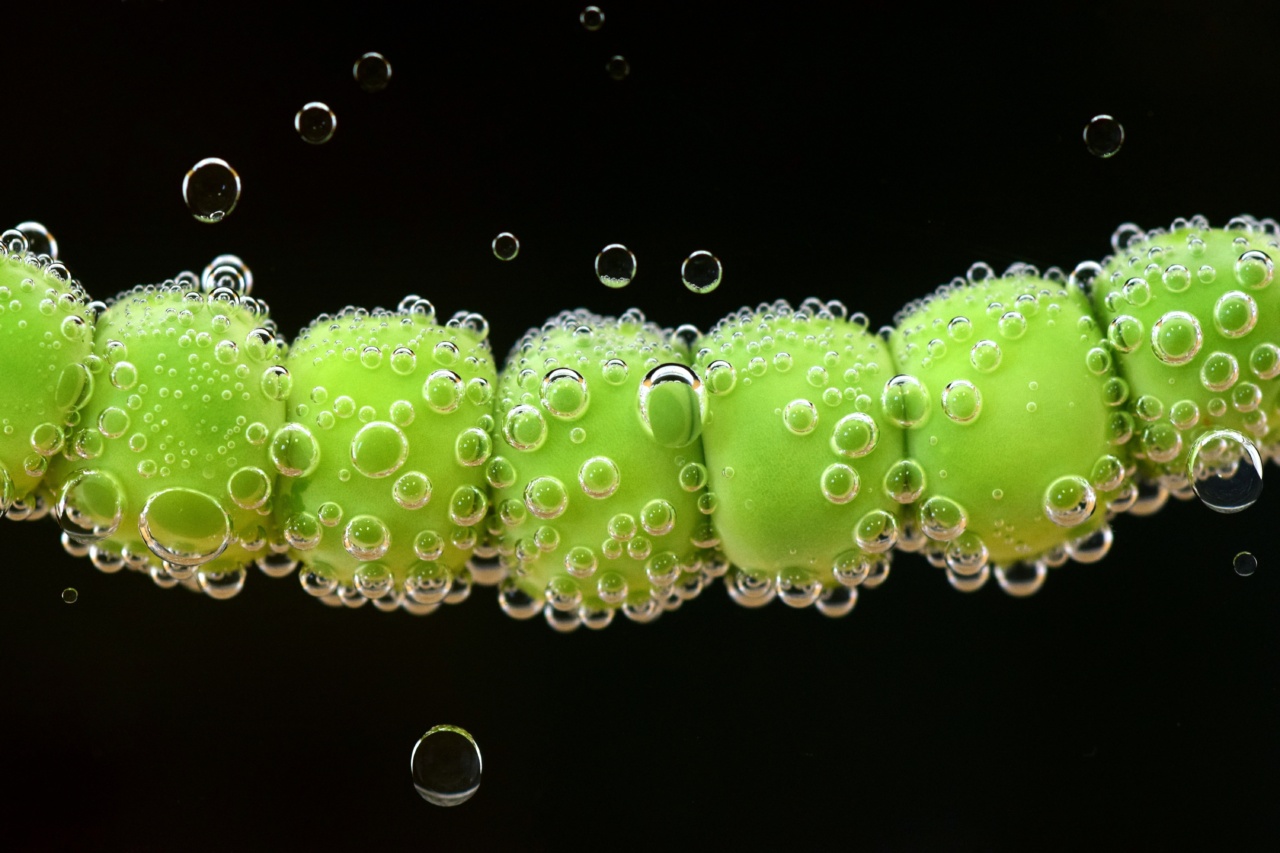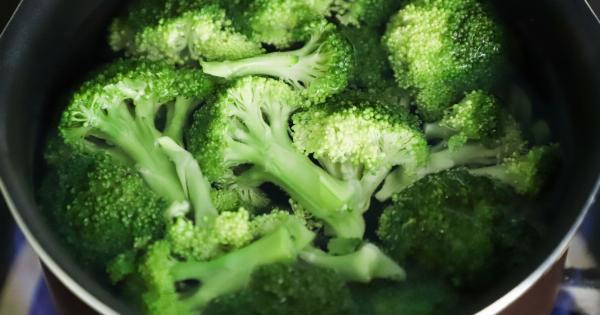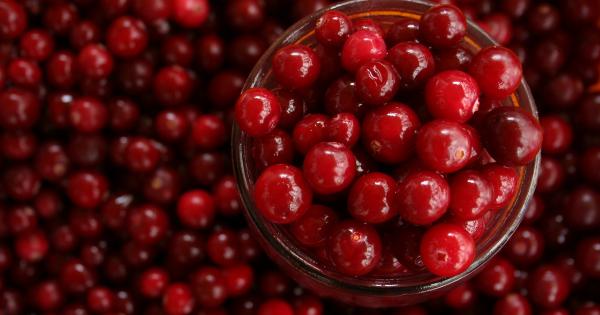Spinach is a leafy green vegetable that is packed with nutrients and known for its numerous health benefits. It has gained a reputation as a superfood due to its high content of vitamins, minerals, and antioxidants.
However, many people make the mistake of boiling spinach, not realizing that this cooking method can cause significant nutrient loss. In this article, we will explore why you should avoid boiling spinach and suggest alternative cooking methods that help retain its nutritional value.
The Nutritional Value of Spinach
Spinach is a nutritional powerhouse, rich in vitamins A, C, E, and K. It also contains essential minerals such as iron, calcium, magnesium, and potassium.
Additionally, spinach is a great source of dietary fiber and offers a wide range of phytonutrients, including flavonoids and carotenoids.
One of the key benefits of spinach is its high antioxidant content. Antioxidants help protect our cells from damage caused by free radicals, unstable molecules that contribute to aging and various diseases.
Spinach’s antioxidants have been linked to a reduced risk of chronic conditions like heart disease, diabetes, and certain types of cancer.
The Problem with Boiling Spinach
While boiling is a common cooking method, it is not the most suitable option for spinach.
When spinach is boiled, it comes into direct contact with water, causing water-soluble nutrients to leach out, leading to a significant loss of vitamins and minerals. In particular, boiling can cause the loss of up to 50% of the folate content in spinach, a crucial B vitamin that plays a role in cell growth and DNA synthesis.
Moreover, boiling can result in a loss of color, flavor, and texture. The vibrant green hue of spinach is attributed to its chlorophyll content, which can be easily destroyed by heat.
Over-boiled spinach tends to become mushy and lose its appealing taste and texture, making it less enjoyable to consume.
Alternatives to Boiling
If boiling is not the best option for cooking spinach, what alternatives can be used to retain its nutritional value and taste? Here are some cooking methods that can help preserve the goodness of spinach:.
1. Sauteing
Sauteing spinach in a minimal amount of oil or using cooking spray is a quick and flavorful way to retain nutrients. This method allows spinach to cook rapidly at high heat, minimizing nutrient loss while preserving texture and color.
Adding garlic, herbs, or spices during sauteing can enhance the taste and further elevate the nutritional profile of the dish.
2. Steaming
Steaming is another excellent option for cooking spinach while retaining its nutrients.
By using a steaming basket or a microwave-safe steamer, you can expose the spinach to steam, which doesn’t lead to nutrient loss in the same way that boiling does. Steamed spinach remains vibrant, flavorful, and packed with vitamins and minerals.
3. Blanched Spinach
Blanching involves briefly immersing spinach leaves in boiling water and then transferring them to an ice bath to stop the cooking process. This method can help retain the color and texture of spinach while minimizing nutrient loss.
It is an effective way to prepare spinach for use in salads or as a vibrant and nutritious side dish.
4. Raw Spinach
Eating spinach raw in salads or using it as a topping for sandwiches and wraps is an excellent way to enjoy its full nutritional potential. Raw spinach retains all its nutrients, offering maximum health benefits.
Pairing it with vitamin C-rich foods like citrus fruits or bell peppers can help enhance iron absorption due to their iron-boosting properties.
5. Adding Spinach to Soups and Stews
Another way to incorporate spinach into your meals without losing its nutritional value is by adding it to soups, stews, or curries during the last few minutes of cooking.
This allows the spinach to wilt and soften, making it easier to consume while retaining most of its nutrients.
Tips for Maximizing Nutrient Retention
Regardless of the cooking method you choose, here are some tips to maximize the nutrient retention of spinach:.
1. Don’t overcook
Whether you are sauteing, steaming, or blanching, avoid overcooking spinach to prevent excessive nutrient loss. Cook it until it just wilts or turns bright green.
2. Retain the cooking liquid
If you choose to boil spinach for certain recipes, such as soups or broths, make sure to retain the cooking liquid. This way, you can still benefit from some of the nutrients that leach out during boiling.
3. Store and consume quickly
Fresh spinach starts to lose its nutritional value soon after it is harvested. To maximize the nutrients you obtain, store spinach properly and consume it as soon as possible after purchase.
Consider purchasing spinach from local sources or growing it in your garden for optimal freshness.
The Bottom Line
Spinach is a highly nutritious vegetable that you should incorporate into your diet regularly. While boiling spinach might seem like a convenient cooking method, it can cause significant nutrient loss.
Instead, consider sauteing, steaming, blanching, or eating spinach raw to retain its nutritional benefits. By choosing alternative cooking methods, you can enjoy delicious spinach dishes while reaping all the health advantages it has to offer!.































